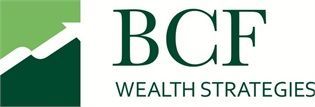Contact Info
8233 Byron Center Avenue SW
Suite K
P.O. Box 189
Byron Center, MI 49315
Phone: (616) 583-9000
Email: info@bcfws.com
Check the background of your financial professional on FINRA's BrokerCheck.
Investment Advisory Services are offered through IP Financial Advisory Services LLC. IP Financial Advisory Services LLC is a Registered Investment Advisory Firm with the SEC under the Investment Advisers Act of 1940. Kevin Fifield is an Investment Advisor Representative of IP Financial Advisory Services LLC.
The contents of this website are strictly intended for individuals residing in the State of Michigan. No offers may be made or accepted from any resident outside of the State of Michigan. BCF Wealth Strategies and IP Financial Advisory Services LLC are not affiliated entities.
























